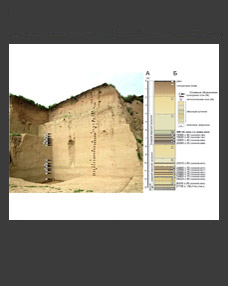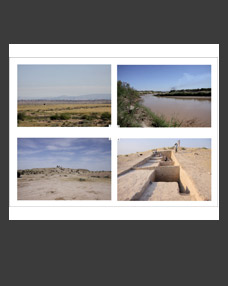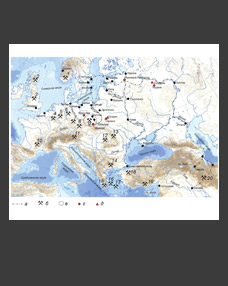Vladimir P. Kolosov1,2,* and Anastasia A. Giblova1,2,**
1The State Hermitage Museum, St. Petersburg, Russia
2Peter the Great Museum of Anthropology and Ethnography (the Kunstkamera) RAS, St. Petersburg, Russia
*E-mail: tepavi@yandex.ru
**E-mail: giblovaaa@yandex.ru
Keywords: Heraclea Pontica, amphorae, geometric morphometry, chronology.
The article presents the results of applying the methods of multivariate statistics and geometric morphometry when working with frequent ceramic material. The study uses the case of a well-studied category of vessels to demonstrate the capabilities of the methods of analysis, visualization and verification employed by the authors in comparison with conventional visual-descriptive and formal classification approaches. The studied material included container amphorae of Heraclea Pontica (late 5th – early 3rd century BC), the typology and chronology of which has been considered to be sufficiently fully and thoroughly developed until now. As a result, the authors identified most significant morphological features for differentiation, clarified the concepts of taxonomic division of vessels into groups, and developed an algorithm for determining the time of vessel production based on metric characteristics.
DOI: 10.31857/S0869606325010045, EDN: BHDAFE







